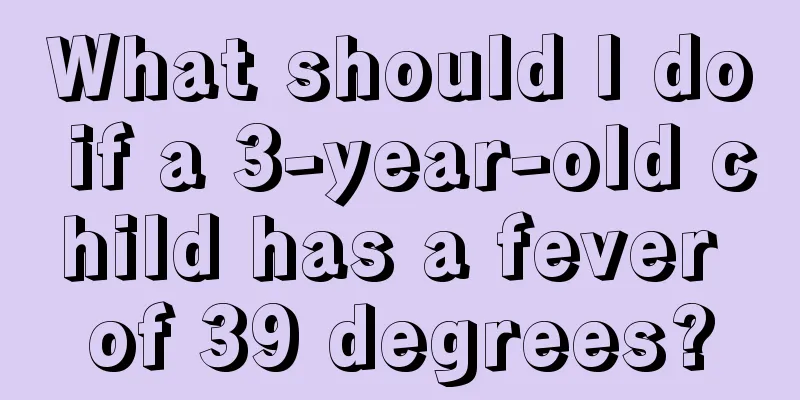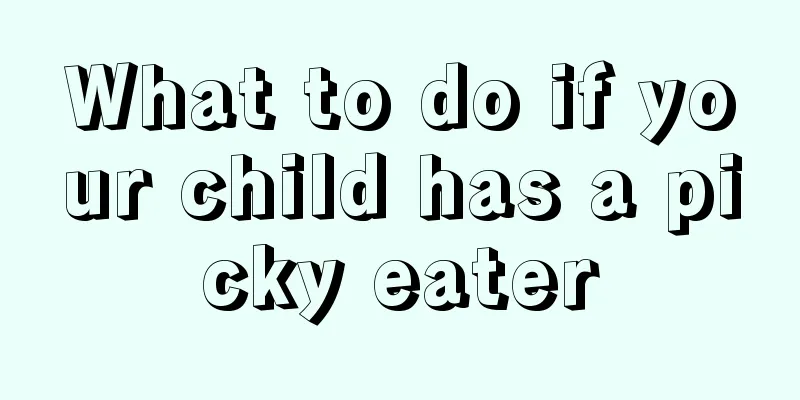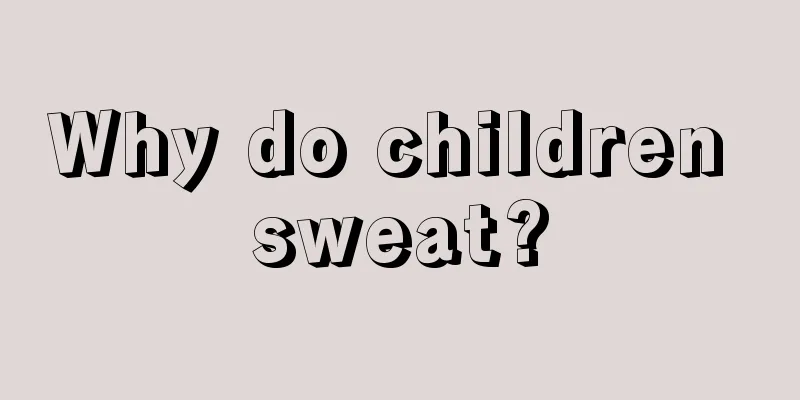What should I do if a 3-year-old child has a fever of 39 degrees?

|
Every time the baby is sick, the whole family will always be anxious and angry, especially when the baby has a fever, parents will be distressed. In fact, fever is quite common for children. Generally, as long as the temperature does not exceed 38.5, you can cool it down at home. However, when the body temperature reaches 39 degrees, it is best to take the baby to the hospital in time to find out the cause. Fever in children is very common. Generally, if the temperature is below 38.5℃, there is no need to go to the hospital and only home care is needed. A fever of 39 degrees is considered a high fever. Generally speaking, if the child's complexion is normal or flushed, he or she can be safely cared for at home; if the complexion is dull, yellow, blue, or purple, and the eyes are dull, it means that the condition is serious. When a child has a fever, parents should not blindly reduce the fever. Instead, they should go to the hospital to find out the cause of the fever and provide appropriate treatment based on the results. Because fever is a normal defense reaction of the body, colds, leukemia, and even other diseases can all show symptoms of fever. A high fever of 39 degrees is indeed serious, but most people mistakenly believe that a high fever that does not go away will damage the brain. In fact, whether high temperature can damage the brain is related to the temperature and duration. Only when the body temperature exceeds 42 degrees and persists for a long period of time will the body's proteins begin to denature, causing direct damage to the brain! Most of the diseases that affect intelligence and brain development are meningitis or hypoxic encephalopathy caused by constant convulsions. These are all caused by the course of the disease itself, not the temperature; and most of these diseases will have symptoms of persistent high fever (even if the temperature is below 42 degrees). This has led to the common misconception that high fever can damage the brain. The basic way to distinguish between the two is to observe the child's appetite and energy. In the case of serious infections such as meningitis or sepsis, children will have poor appetite and activity, become drowsy all the time, and may vomit if the intracranial pressure increases. Therefore, when a child has a fever, parents must take good care of the child, measure the child's temperature in time, and pay attention to the child's mental state and complexion. When the high temperature persists and cannot be reduced, it is best to take the child to the hospital in time to find out the cause, and then carry out effective cooling and treatment. |
<<: What causes redness and swelling of the glans in children?
>>: What should I do if my child has throat polyps?
Recommend
What's wrong with my baby's red and hard pimples?
When red and hard bumps grow on the baby's sk...
How to care for a one-year-old baby with herpetic pharyngitis?
Regardless of the season, herpangina is highly co...
Ten-month-old baby always sleeps due to pneumonia symptoms
Newborn babies have just come into this world fro...
How to treat pinworms in children
After examination, it is found that the child has...
Why is the girl's lower body itchy?
In most people's impressions, bacterial infec...
What vaccines should newborns receive?
In order to ensure the health of newborns, they u...
How to cook baby boiled shrimp
If the prawns you buy are fresh enough, the best ...
Symptoms of sleep regression during the tossing period
During the growth process, babies will encounter ...
The child has a fever and a rash
The symptoms of fever are not the same for every ...
How to treat inverted nipples in girls?
The problem of inverted nipples usually occurs in...
How to treat acute pneumonia in children?
The most vulnerable stage of a person's growt...
What kind of yogurt is best for children?
In fact, for babies, the nutritional value of pur...
Causes of dry cough in babies
I believe that families with children have found ...
Treatment of small pimples on children's hands
Small pimples on children's hands are a relat...
What should I do if my 5-month-old baby has a fever and diarrhea?
Babies always make us feel cute, and we want thei...









